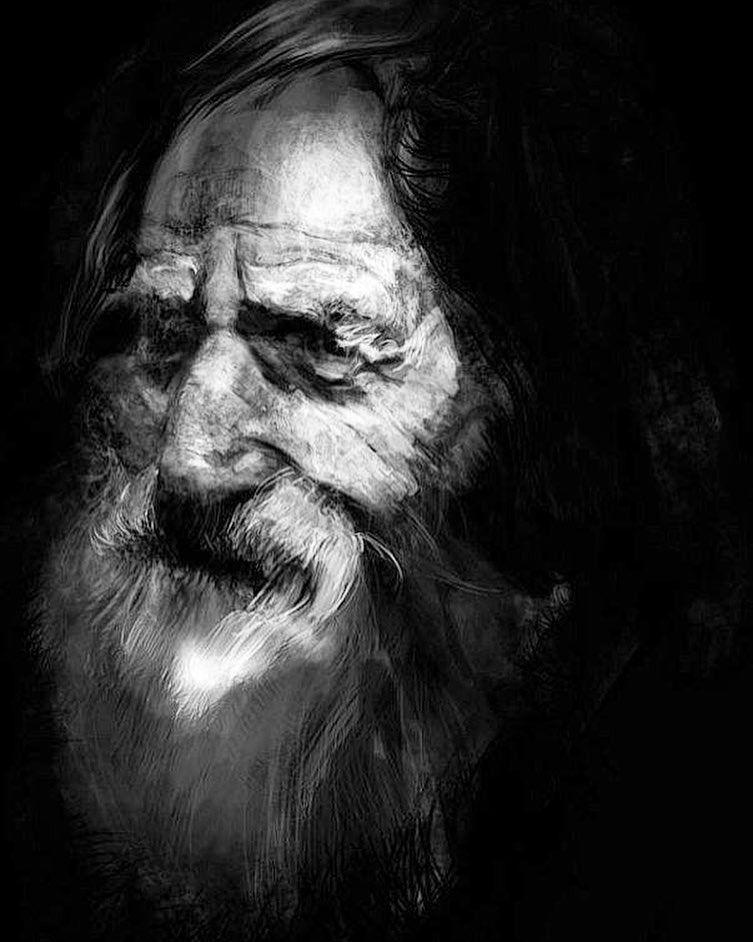Anania Shirakatsi
 •
by
•
by Rodica Bostanica
Portrait of the 7th century Armenian philosopher, mathematician, astronomer, geographer and alchemist Anania Shirakatsi by Ruben Malayan.
Širakac‘i or Shirakatsi authored the book "Cosmography and the Calendar," a 48 chapter work that discusses astronomy, meteorology, and physical geography.
When many of his contemporaries believed that the world was flat, Shirakatsi pointed out that the earth was a spherical globe and that the Milky Way is composed of luminous stars and the moon was a dark body by nature whose only light was that which it reflected from the sun.
Anania Shirakatsi, also known as Ananias of Shirak, was born in the year 610 A.D and died in the year 685 AD. According to the historian Robert H. Hewsen, Anania is Armenia's first scientist. Only a few Armenian notable figures such as Anania left behind an autobiography. He was the son of John (Hovhannes) of Shirak. It is believed that he was a member of the Armenian princely house of Kamsarakan or Arsharuni.
Anania was educated in mathematics by the renowned Greek scholar Tychikos, who also spoke Armenian, in the Byzantine Empire. Spending 8 years learning mathematics he returned to Armenia in 651 AD to spread his knowledge among his fellow Armenians by opening a school.
After teaching for only several years, he had gained a famous reputation all throughout Armenia and abroad. In 667 the Armenian Apostolic Church invited him to Dvin and asked him to modify the Armenian calendar from a movable to a fixed system. Taking into account the incompatibilities of the seven-day week, the lunar month, and the solar year, he worked for two years and devised a system that was based on a cycle of 532 years. Anania's solution, though, was never adopted by the Church.



Comments
Interesting.
Voted.
Your articles are always so enlightening
Thank you
Comments are welcomed.
Hello from Portugal!!!
Vitannia z Ukrainu!
o7
v+s
v/s
v+s
Hi.
v c
interesting
voted
v
Very interesting 😁
v
g
hi from cyprus
o7
25
kom
o7
ju
v&s
o7
o7
Ў
o/
voted
Op
Interesting.
comment